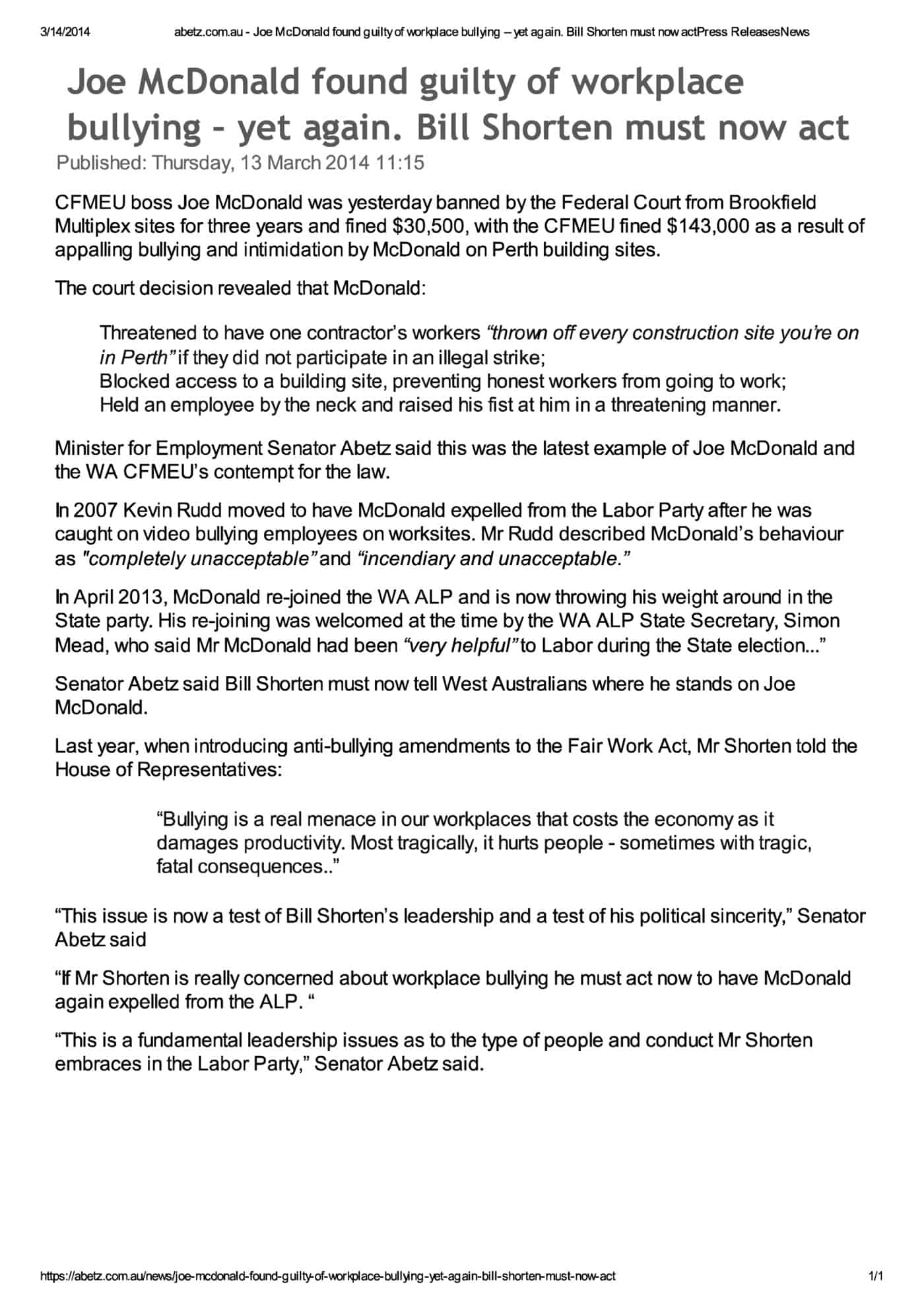How can an OHS regulator get the management of its own staff so wrong?
In June 2014, a NSW Parliamentary inquiry released its final report into Allegations of bullying in WorkCover NSW, that State’s occupational health and safety (OHS) regulator. The report found that
“…Workcover has a significant organisational problem with bullying. This problem is a longstanding one and operates at a cultural level.” (page x)
The Committee Chairman Hon Fred Nile MLC, wrote that
“more effective leadership and governance is essential.” (page x)
Longstanding bullying problems? Problems with leadership and governance? Many companies and public sector organisations have had similar issues ambulances, police, fire services, research organisations, to name a few, and are working them through. What happened in New South Wales?


